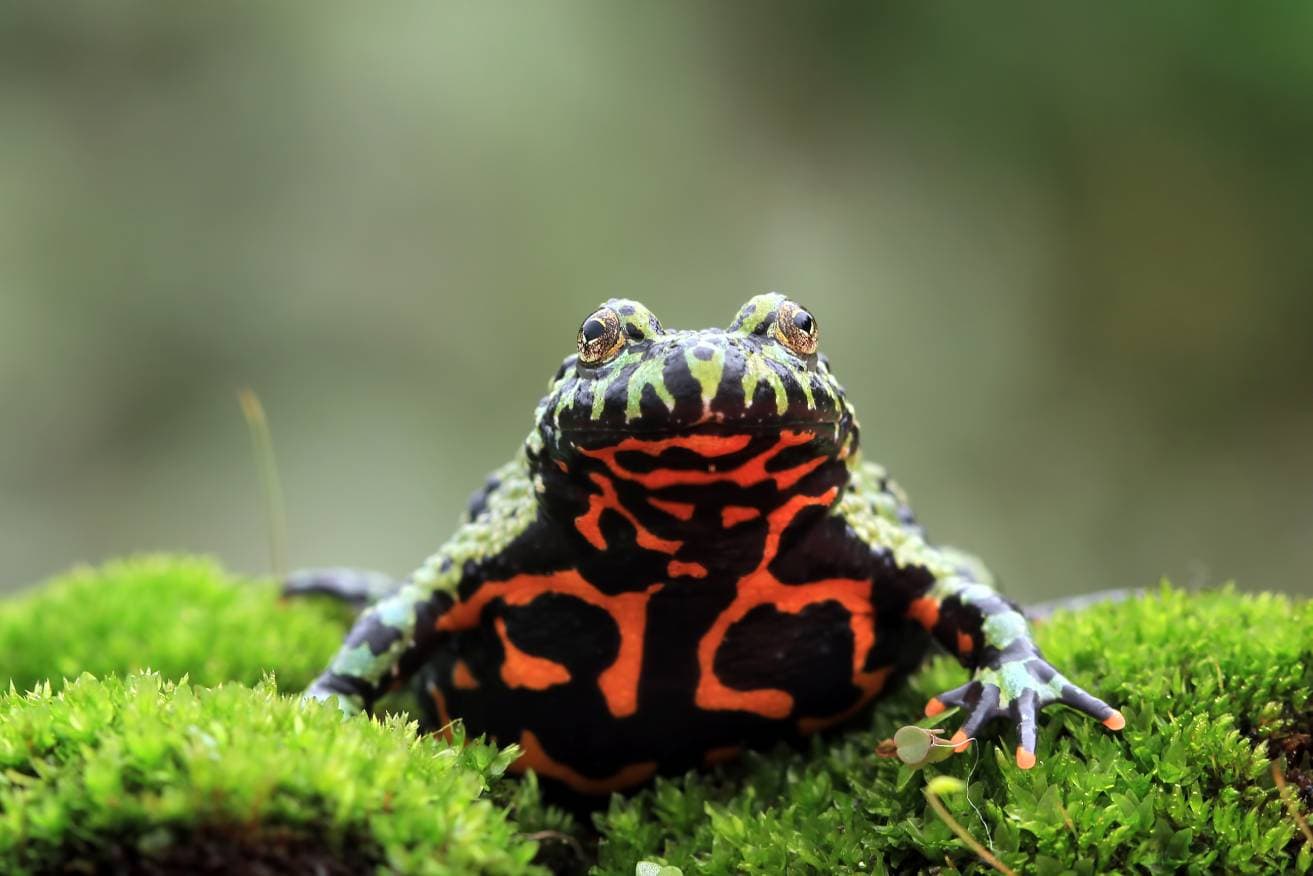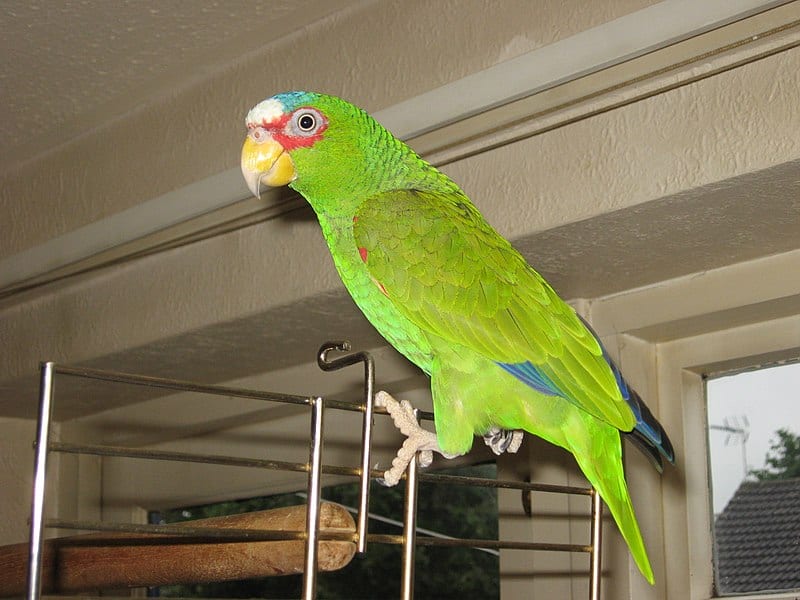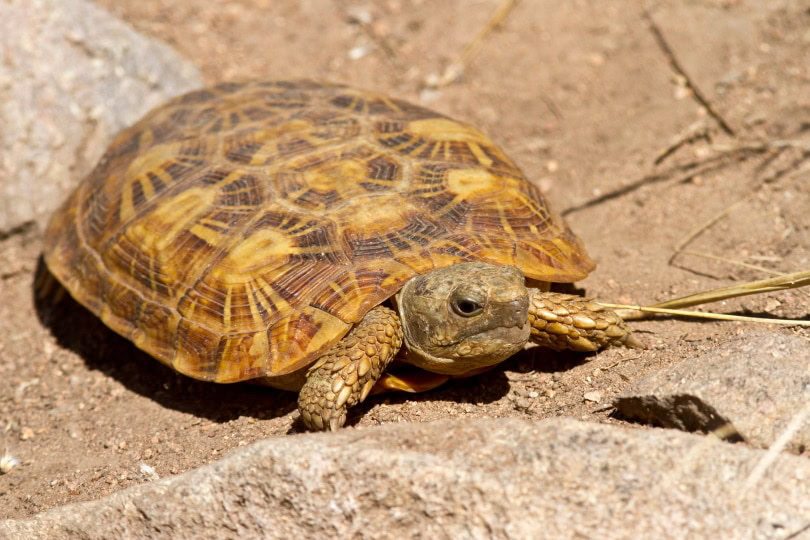Several amphibian species make great pets, but some can be fairly complicated to keep. Even the species that are easy to look after have specific requirements and come with a great deal of responsibility. Most amphibians need water or, at least, a moist environment to survive. Too little water or humidity can dry out their sensitive skin, and too much sun can damage their cells.
They can easily absorb toxins through their skin, so their captive habitat needs specific humidity and temperature levels. As long as these needs are met, they make interesting pets that are generally healthy and an absolute joy to watch.
There are a variety of frogs, newts, and salamanders available on the market as pets, and here are 10 of our favorites!

The 10 Best Amphibian Pet Species Are
1. Axolotl
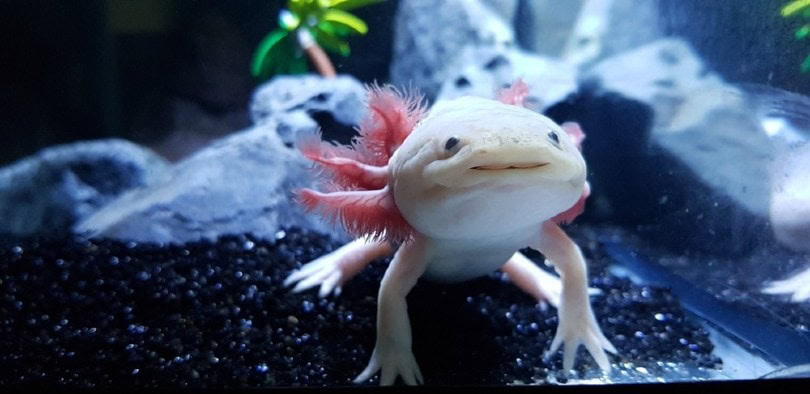
| Lifespan: | 10–20 years in captivity |
| Average size: | 6–18 inches long |
| Care level: | Easy-moderate |
Axolotls are a species of salamander that come in various colors or morphs and have a unique appearance. They do not undergo the usual metamorphosis from larvae to adults but keep their gills and remain fully aquatic their whole life, so they are not pets that you can handle but are still incredibly fascinating animals to watch. They are generally easy to care for and relatively hardy. They have easy-to-provide dietary needs, making them great for beginners.
2. Dart Frog
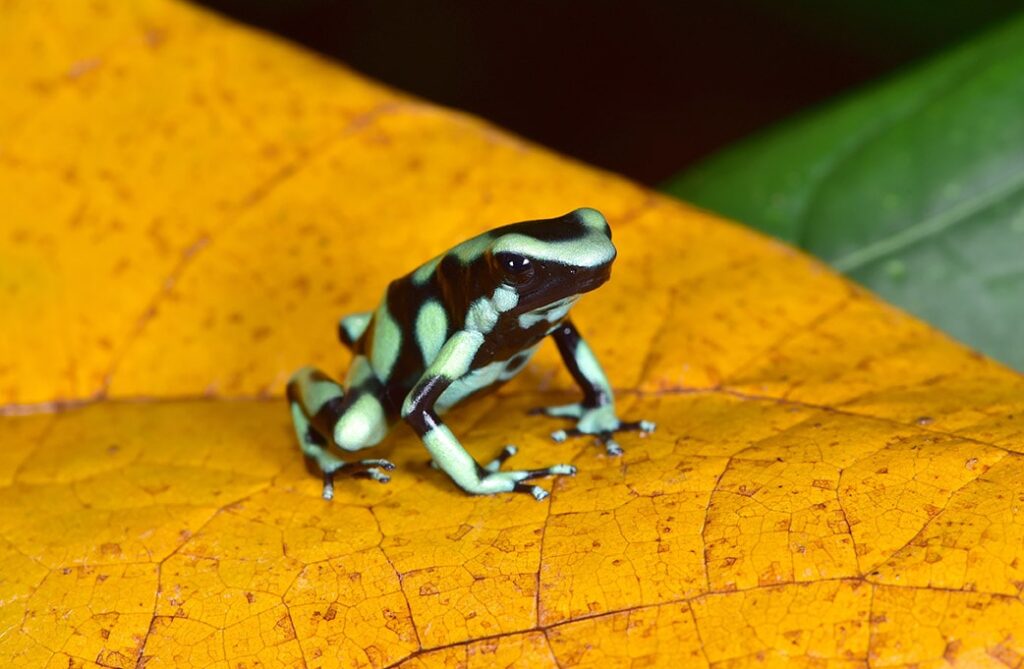
| Lifespan: | 4–6 years in the wild, 6-12 years in captivity |
| Average size: | 1–2.5 inches long |
| Care level: | Easy |
Dart Frogs, or Poison Dart Frogs, are only poisonous in the wild. Captive-bred dart frogs are non-toxic, and even wild-caught dart frogs lose their potency in captivity. They are some of the most beautifully colorful frogs in the world and are easy to care for. Unlike most amphibians, Dart Frogs are diurnal, meaning they are active during the day.
Because they are small, they can be housed in beautiful terrariums that you can fill to your heart’s desire with plants and features.
3. Eastern Newt
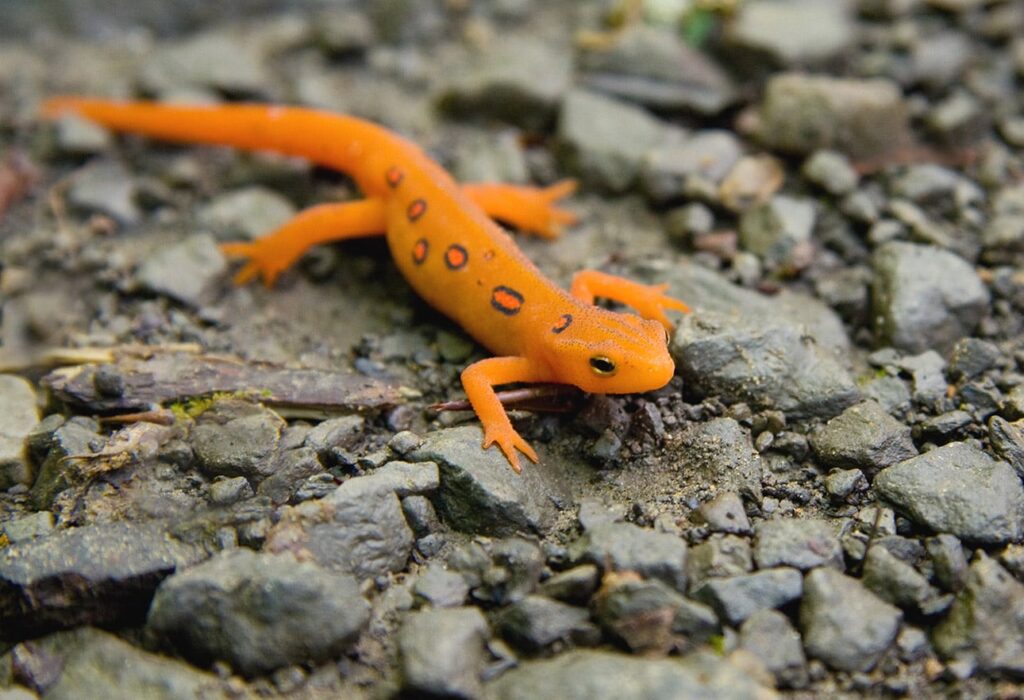
| Lifespan: | 12–15 years |
| Average size: | 4–5 inches long |
| Care level: | Easy-moderate |
Eastern Newts are primarily aquatic, but during the juvenile phase, they are mainly terrestrial for 2–3 years. Eastern Newts come in several beautiful colors and markings, with four distinct subspecies. The Red-Spotted Newt is one of the most popular pet newts in the United States. The most important consideration with these pets is water quality, and you’ll need a filter to keep their aquarium in good shape.
4. Fire Belly Newt
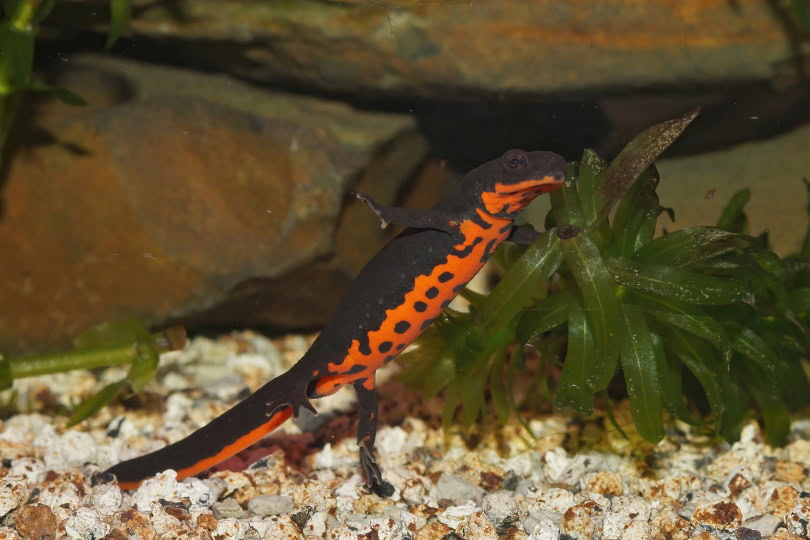
| Lifespan: | 10–15 years |
| Average size: | 3–6 inches long |
| Care level: | Easy |
The Fire-Belly Newt is an active, hardy, and easy-to-care-for animal and is one of the most popular pet amphibians in the United States. They are named for the vivid orange and red markings on their bellies. Fire-Belly newts are primarily aquatic and need a large body of water to live in, but they come out of the water to bask, so they need dry land in their tank, too. They have an average lifespan of up to 15 years, but some captive specimens have lived up to 30 years!
5. Horned or Pacman Frog
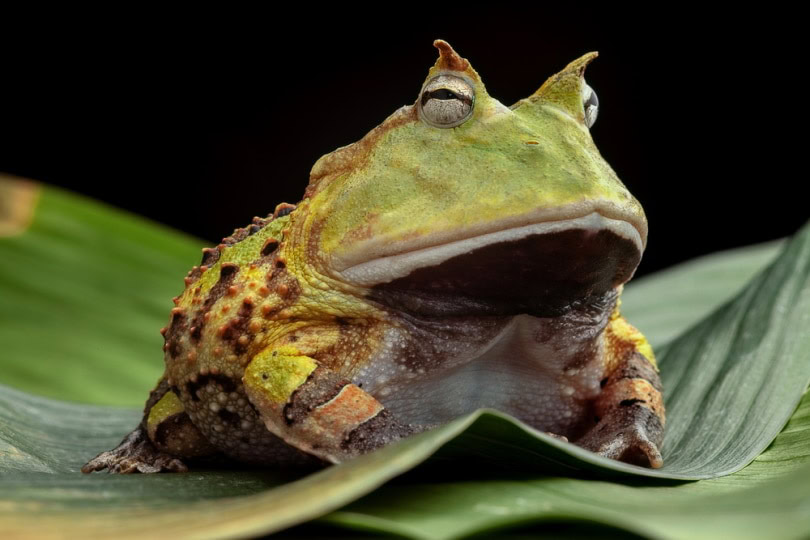
| Lifespan: | 7–10 years |
| Average size: | Up to 6 inches long |
| Care level: | Easy |
The Horned Frog, better known as the “Pacman” Frog due to its round body and large mouth, is native to South America and has become a common pet. They are strictly terrestrial animals that live on humid forest floors, and in fact, they are poor swimmers. They are easy animals to care for and make great pets for beginners, but they do not enjoy being handled.
In the wild, they have been known to bite when threatened, but captive Pacmans are generally docile.
6. Oriental Fire Belly Toad
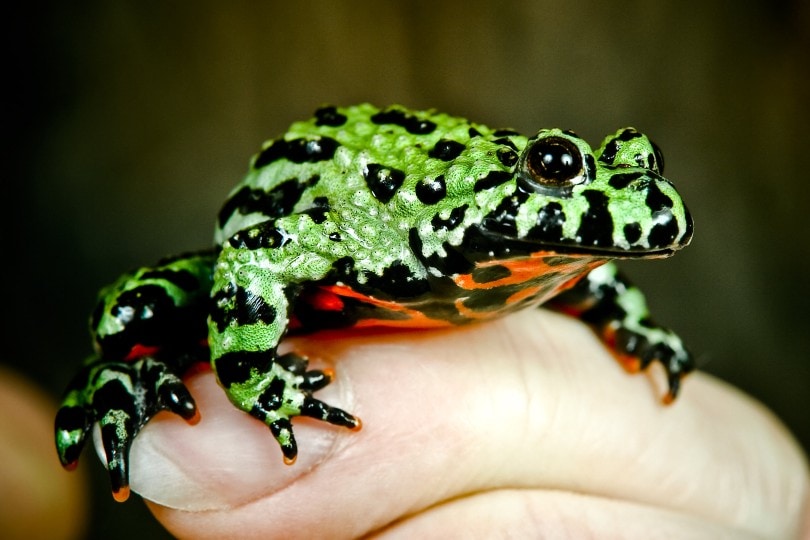
| Lifespan: | 10–15 years |
| Average size: | 2–inches long |
| Care level: | Moderate |
Despite its name, the Oriental Fire-Belly Toad is a frog, even though it has the characteristic bumpy skin of a toad. They have bright green and black backs and orange and black bellies. They are generally easy to care for but take a great deal of work to maintain. They have lifespans of up to 15 years.
Oriental Fire-Bellies have a toxin that they secrete from their skin, and while they will not harm a human, they should not be handled.
7. Red-Eyed Tree Frog
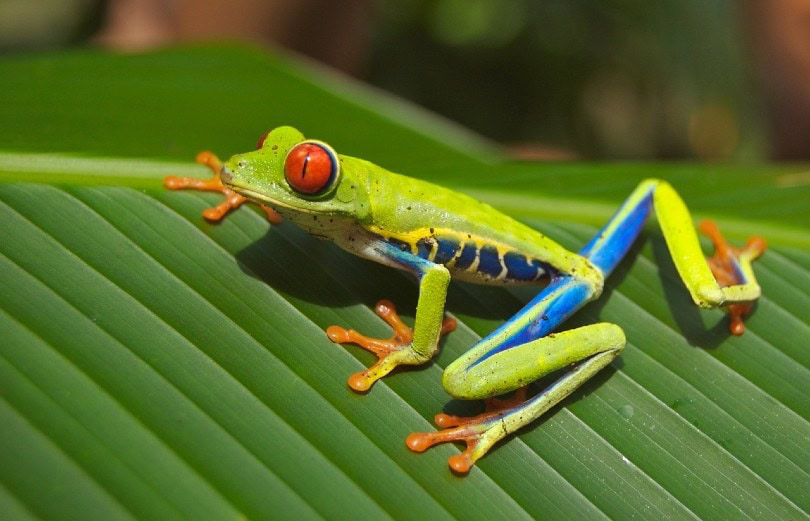
| Lifespan: | 4–5 years |
| Average size: | 2–3 inches long |
| Care level: | Moderate-difficult |
The Red-Eyed Tree Frog hails from the rainforests of Mexico and central South America and is one of the world’s most beautiful tree frog species. They can be challenging to care for, especially for beginners, but once their habitat is properly set up, they are generally not too challenging. In the wild, they spend most of their time in trees, which can be hard to replicate in a terrarium. They are also nocturnal and do not enjoy handling.
8. Spotted Salamander
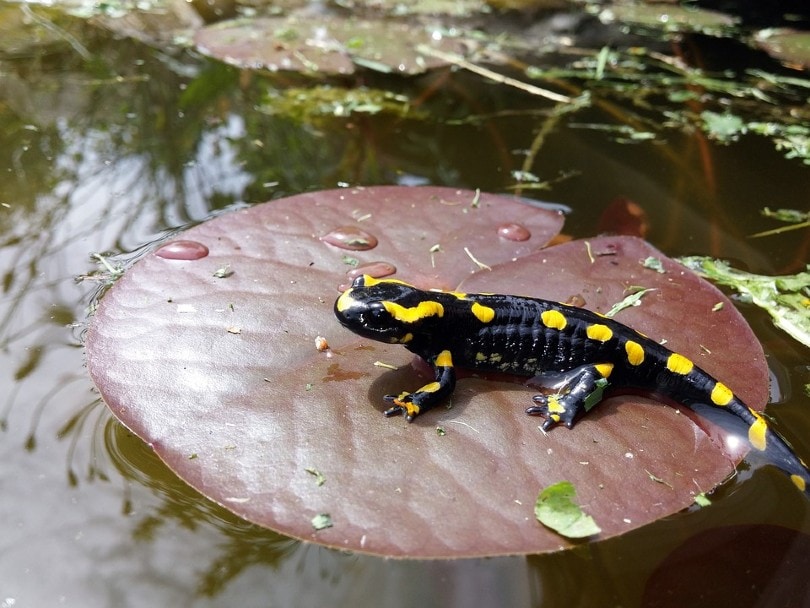
| Lifespan: | 15–20 years |
| Average size: | 6–7 inches long |
| Care level: | Easy-moderate |
Spotted Salamanders have been gaining popularity as pets due to their docile nature and ease of care. They are typically dark brown or black with distinctive yellow or orange spots, gray bellies, and smooth skin. When threatened, glands on their backs secrete a sticky toxic substance, which is not dangerous to humans.
They are gentle animals that rarely bite, but like most amphibians, they should be handled as little as possible to avoid damaging their sensitive skin.
9. Tiger Salamander
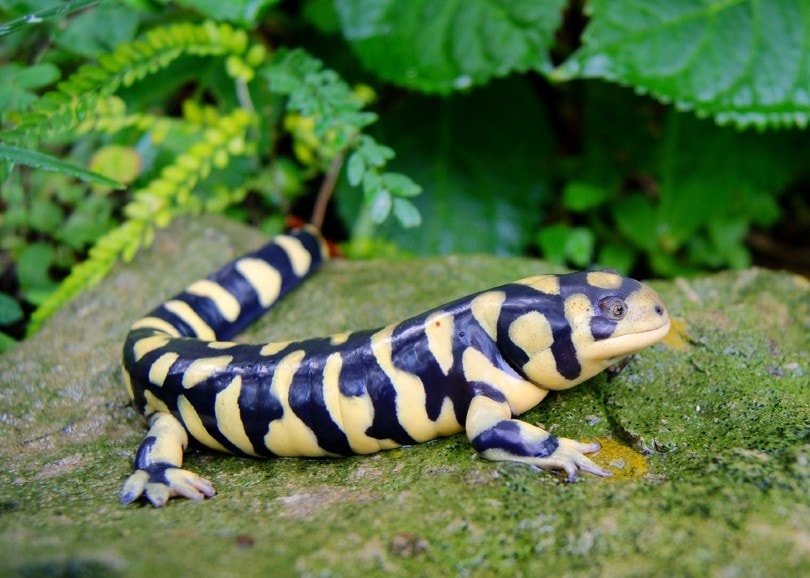
| Lifespan: | 10–15 years |
| Average size: | 6–8 inches long |
| Care level: | Easy |
Tiger Salamanders are one of the most popular pet amphibians due to their tame, docile nature and beautiful appearance. They are native to North America, and once you have their housing set up, they are easy to care for and great for beginners. They are one of the hardiest and most easily tamable pet salamanders, known to follow their keeper’s movement from inside their enclosure and even recognize their owners!
They are non-aggressive and can be housed with other salamanders of the same species, but it is not necessary.
10. White’s Tree Frog
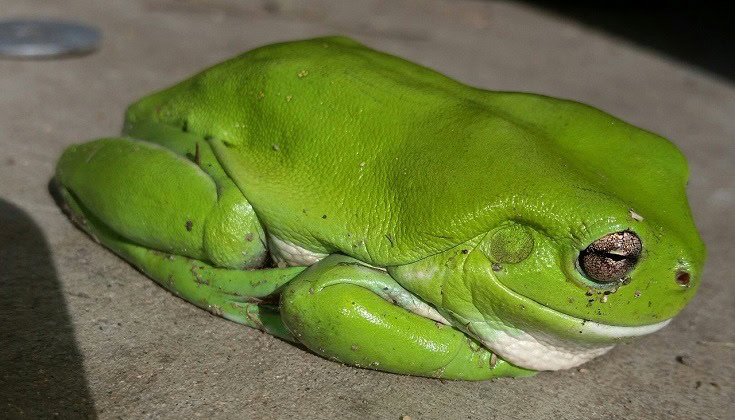
| Lifespan: | 10–15 years on average, occasionally up to 20 in captivity |
| Average size: | 4–5 inches long |
| Care Level: | Easy |
The White’s Tree Frog is a docile frog that is generally unafraid of humans, easy to care for, and ideal for beginners. They are native to Australia, Indonesia, and New Guinea, and they have waxy skin that makes them more tolerant to arid conditions and great for home enthusiasts. They are nocturnal animals that are more active at night but are docile and sedentary overall.
They are easily tamed and often tolerant of handling, but it should still be kept to a minimum. In the wild, they spend most of their time in trees, so they’ll need a high enclosure equipped with branches and foliage.

Conclusion
When you can meet their specialized needs, having an amphibian as a pet, can be a fulfilling experience. Different amphibians come with a variety of maintenance, habitat, and care requirements, ranging from low to high, thus there are various amphibian pet options available to choose from, whether you’re a beginner or an experienced owner. Their behaviors and qualities make them enjoyable to observe and care for. These fascinating creatures can become cherished companions for many years with the right care and conditions.
- Another interesting article on the topic: Amphibians vs Reptiles: What are the Differences? (with Pictures)
Featured Image Credit: Kuritafshen, Shutterstock
